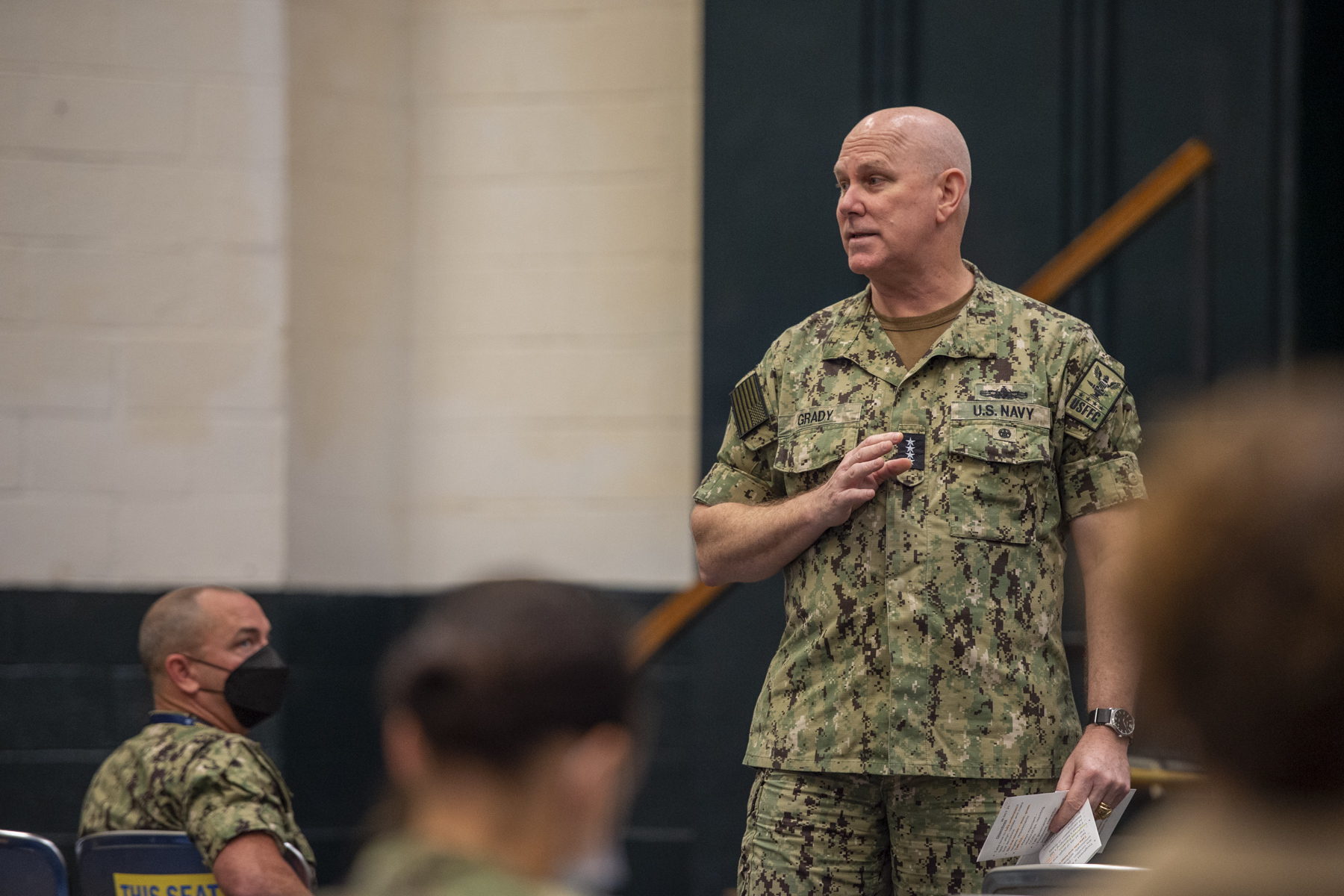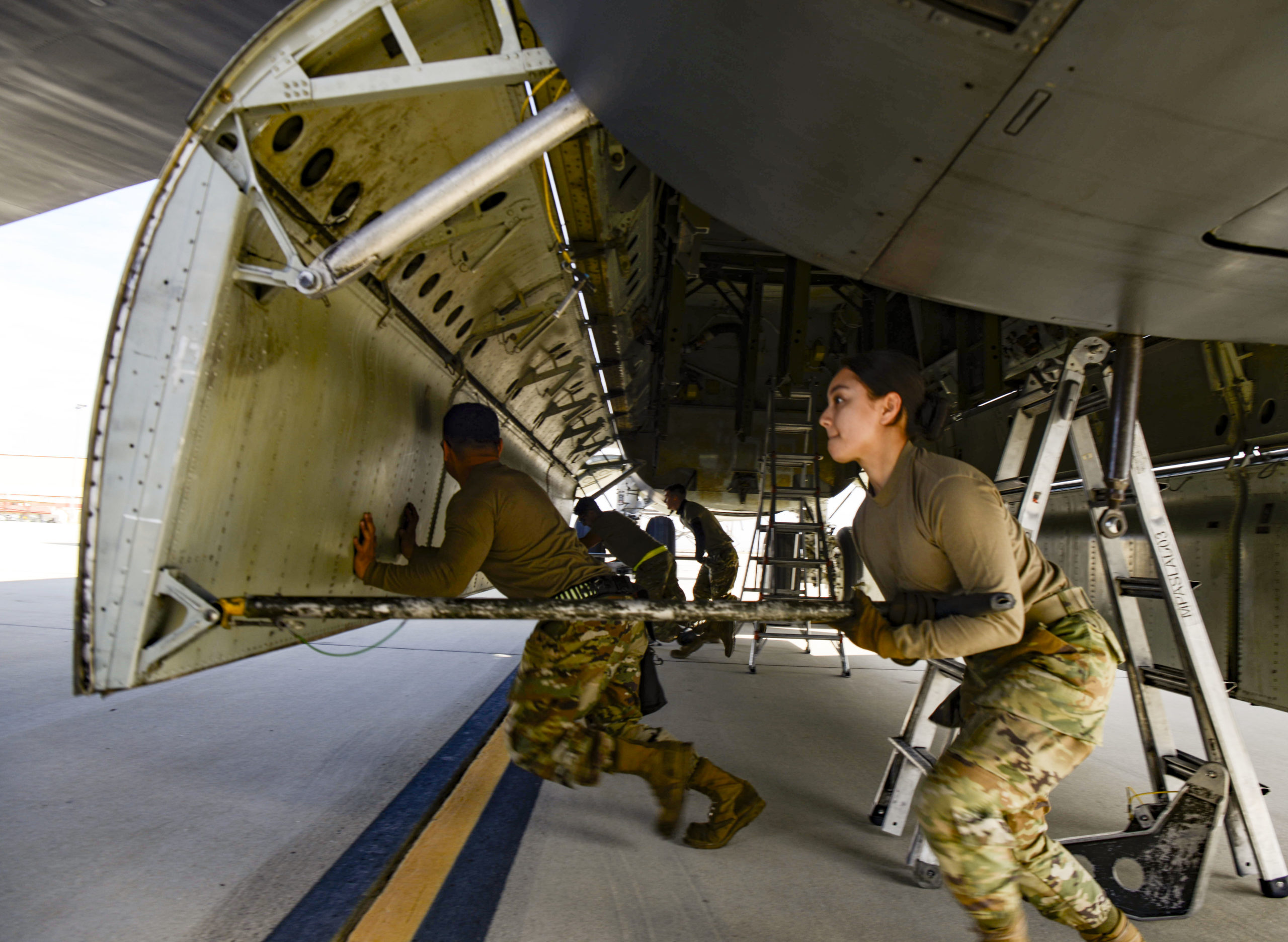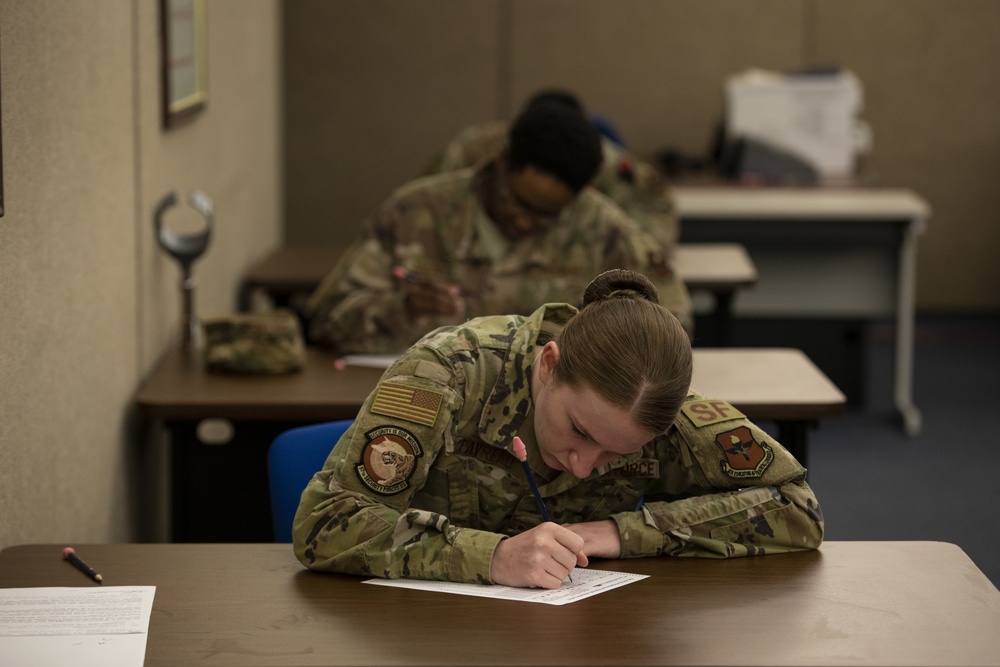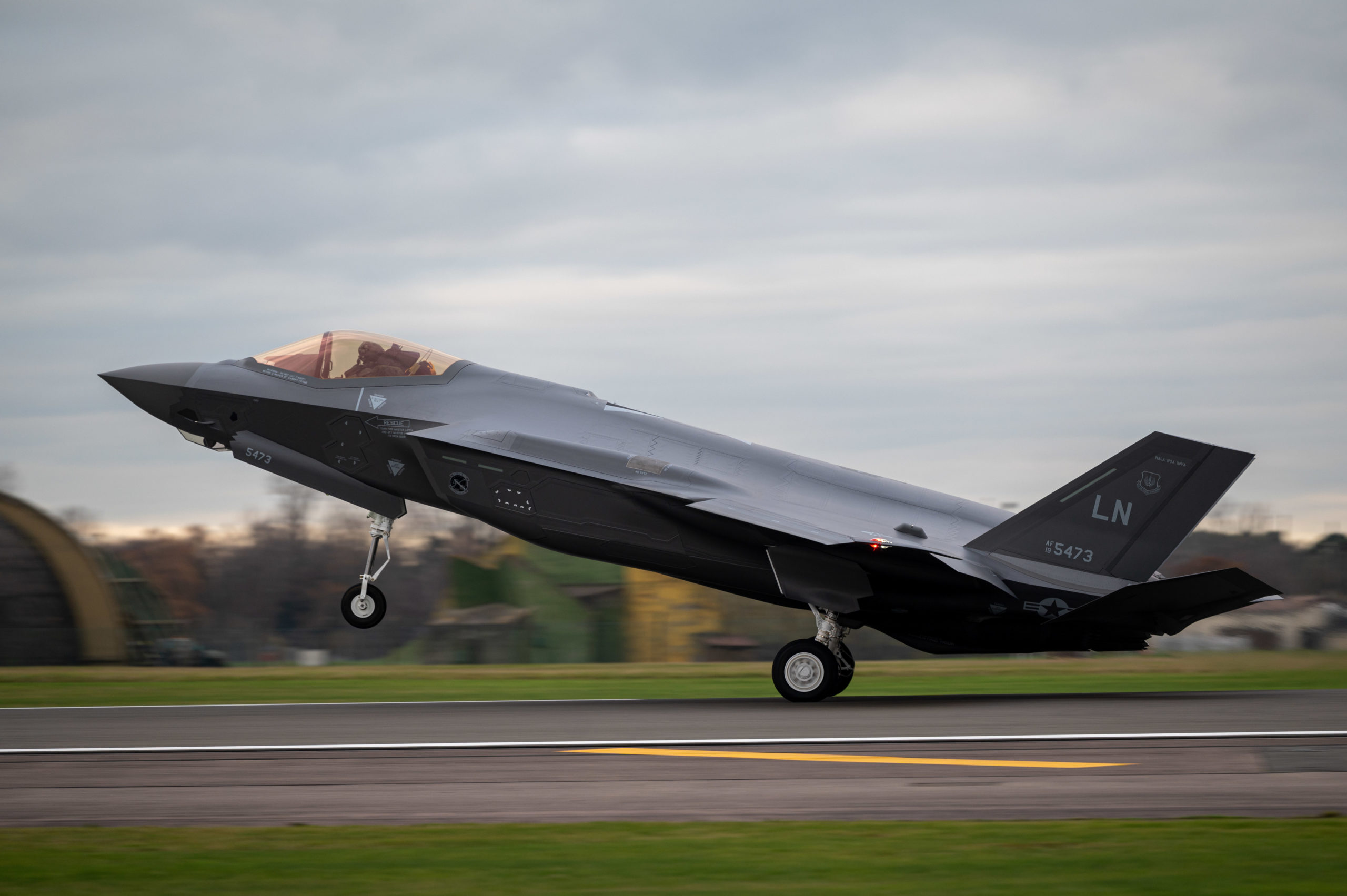The Senate confirmed Naval Fleet Forces Commander Adm. Christopher W. Grady as Vice Chairman of the Joint Chiefs of Staff late Dec. 16. Defense Secretary Lloyd J. Austin III is tentatively scheduled to perform Grady’s swearing-in Dec. 20, the office of the Joint Chiefs confirmed.
The Senate voice vote assures the vacancy created by the retirement of the former Vice Chair, Air Force Gen. John E. Hyten, is filled before Congress adjourns for the holidays.
Grady brings a personnel and nuclear background from his current position in Norfolk, Va., overseeing the naval leg of the nuclear triad. His call for “ready-relevant learning” also became part of the Navy’s modernization doctrine.
In addition to serving as commander of U.S. Fleet Forces Command/U.S. Naval Forces Northern Command since 2018, Grady has served as commander of U.S. Naval Forces Strategic Command and U.S. Strategic Command Joint Force Maritime Component Commander since 2019.
Grady previously served as commander of the U.S. 6th Fleet and commander of Naval Striking and Support Forces NATO.
At his confirmation hearing Dec. 8, Grady warned that competitors have a new ability to “attack below the threshold of armed conflict,” and he promised to work with allies and partners toward whole-of-government deterrence, a concept known as “integrated deterrence” and often cited by Austin.
“We are faced with overt challenges to the international rules-based order and our national security in every domain,” Grady told the Senate Armed Services Committee during his confirmation hearing. “Now, more than ever, global integration is essential,” he said, referring to “integrated deterrence in those multidomains, leveraging all elements of national power.”








